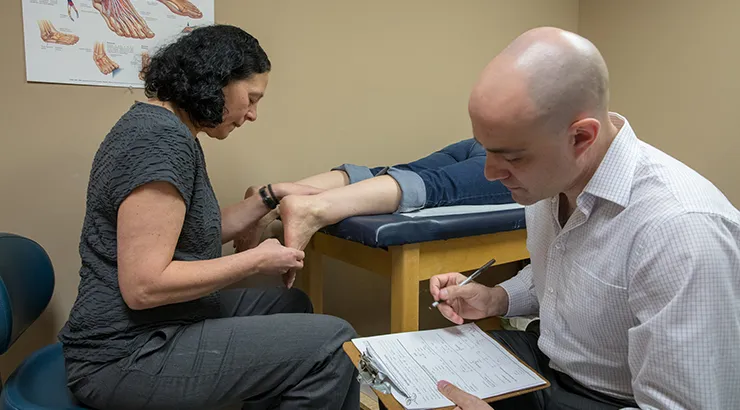Unfortunately, our digital storefront is down for a bit of maintenance. In the meantime, feel free to shop us in-store. Please check back again soon.
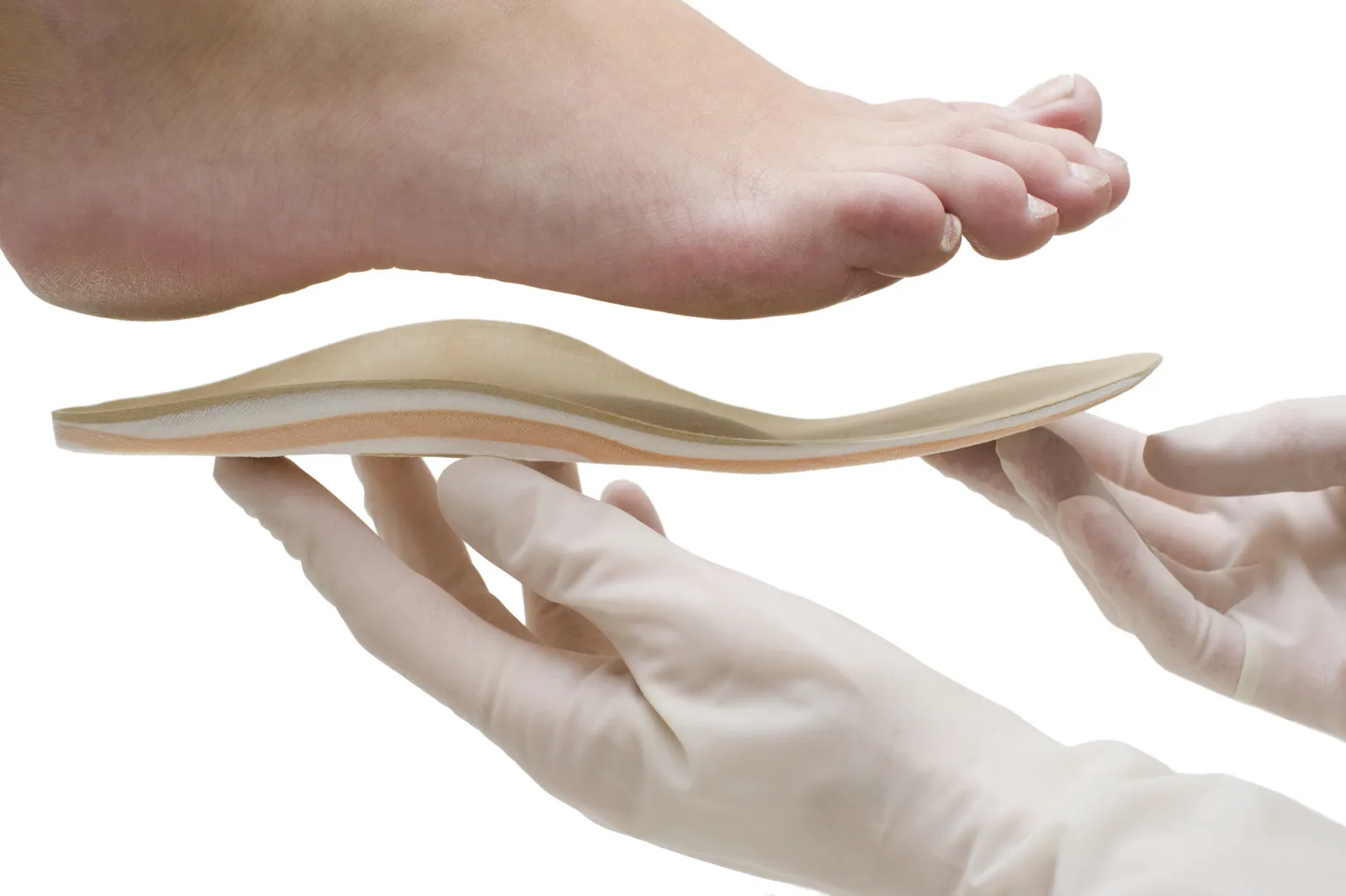
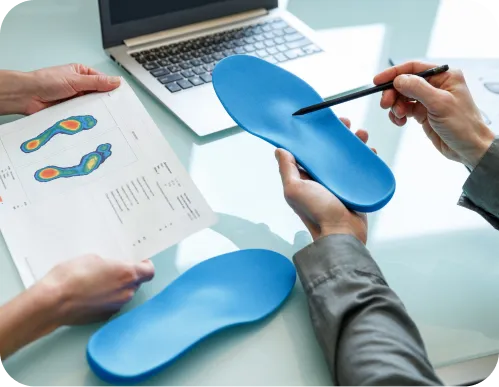
Summary of Pedorthic Orthotic Modifications
Pedorthic orthotic modifications are adjustments made to foot orthoses (shoe inserts) to improve foot function, reduce pain, accommodate deformities, and enhance mobility. These modifications are tailored to the patients foot structure, biomechanics, and pathology. Here's a concise overview:
1. Functional Modifications
These aim to control abnormal motion or enhance alignment:
Medial/Lateral Wedges: Tilt the heel or forefoot to control pronation or supination.
Heel Posts: Provide rearfoot control, stabilizing the heel during gait.
Forefoot Posts: Adjust forefoot alignment to promote more efficient push-off.
Arch Fill/Support: Enhances medial longitudinal arch support to manage overpronation.
2. Accommodative Modifications
These aim to relieve pressure or cushion sensitive areas:
Metatarsal Pads/Bars: Offload pressure from metatarsal heads; useful in metatarsalgia or neuromas.
Cut-outs: Remove material in high-pressure zones (e.g., ulcers, calluses).
Heel Cushions: Provide shock absorption and relieve plantar heel pain.
Soft Top Covers: Improve comfort for sensitive or diabetic feet.
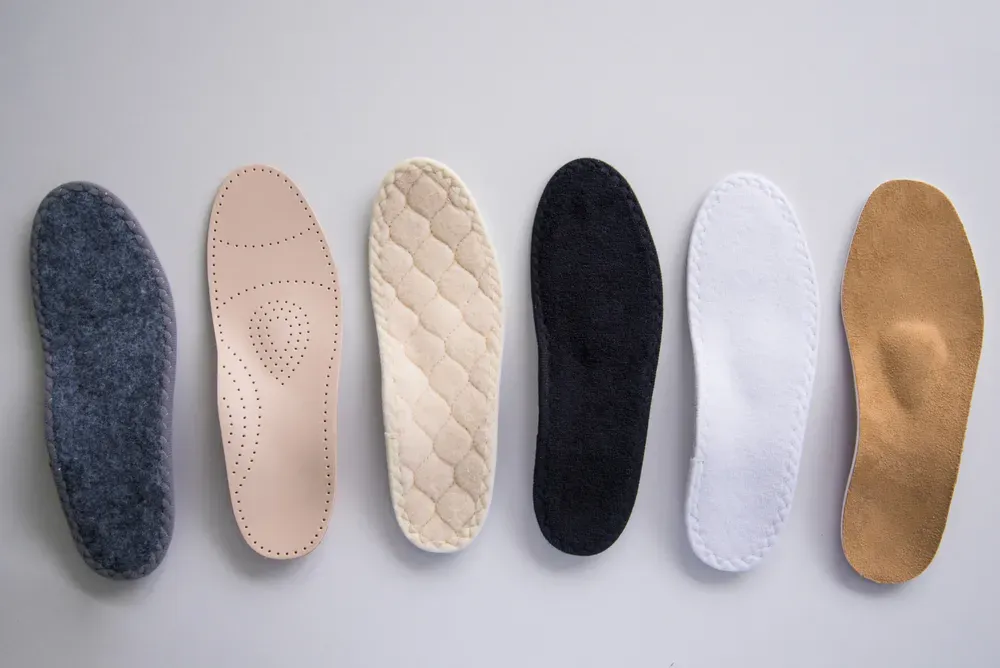
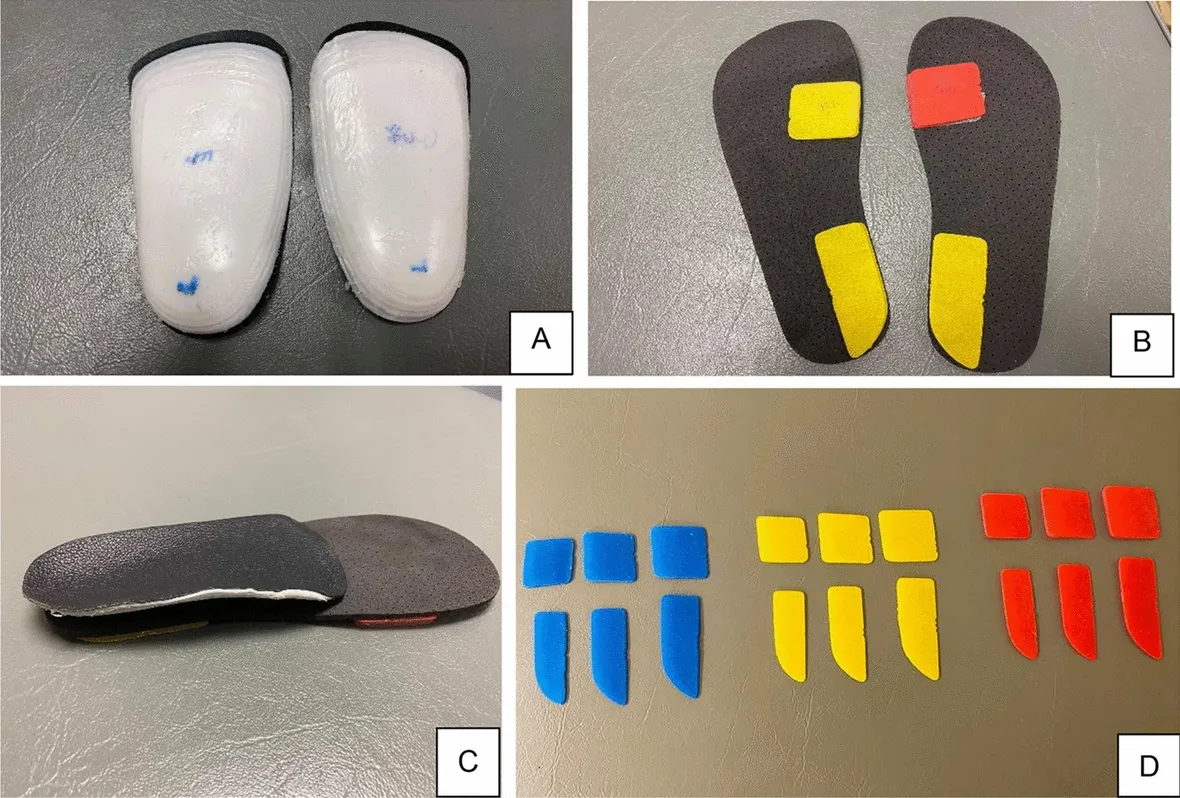
3. Offloading Modifications
Reduce weight-bearing on injured or painful areas:
Mortons Extension: Extends under the 1st ray to limit motion in hallux limitus or rigidus.
Reverse Mortons Extension: Offloads the 1st metatarsal and encourages pronation.
UCBL Device (University of California Biomechanics Laboratory): Deep heel cup and arch support to control foot motion.
4. Common Pathologies Addressed
Plantar fasciitis
Diabetic foot ulcers
Hallux valgus/rigidus
Flatfoot or high arches
Arthritis
Limb length discrepancy
